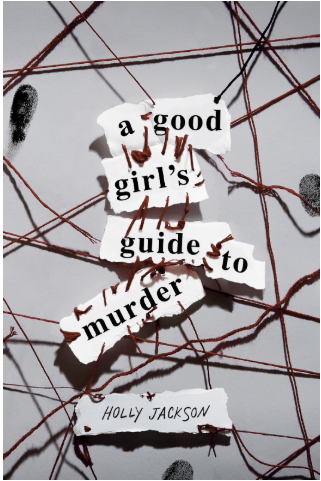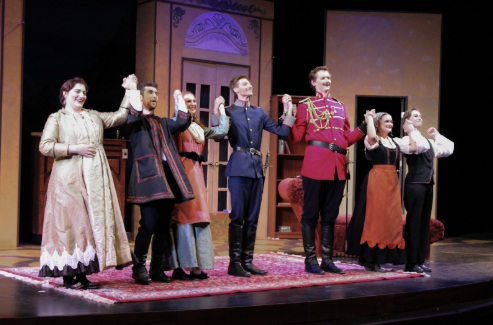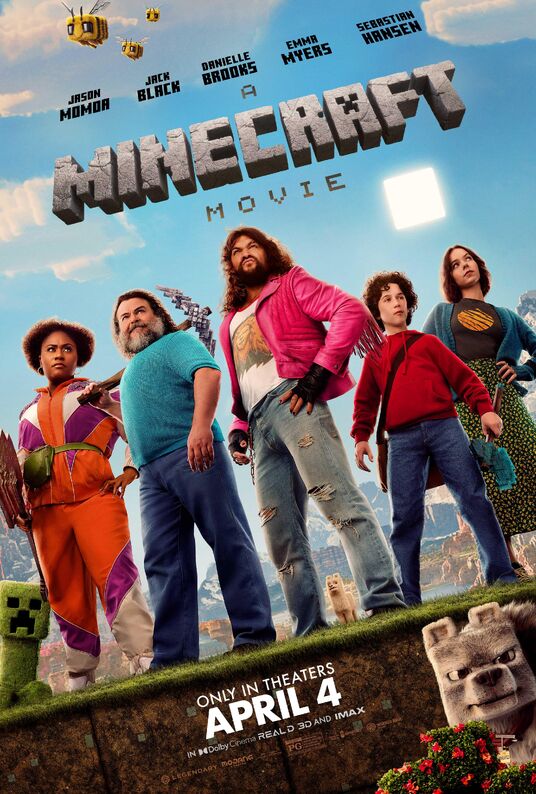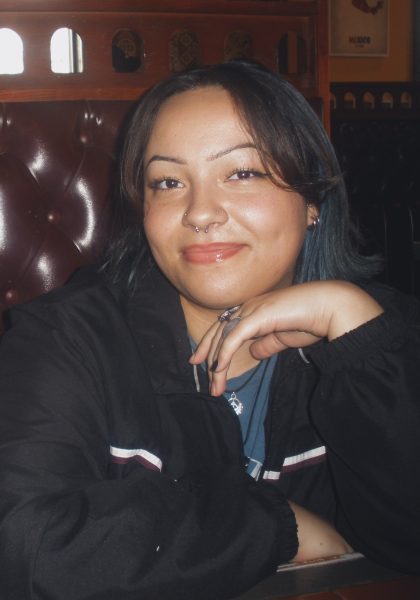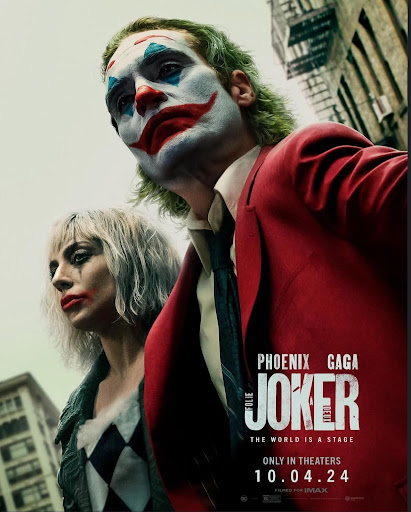
Directed by Todd Phillips, Joker: Folie à Deux continues Arthur Fleck’s story as he deals with the consequences of murdering several people from the first film, such as celebrity host Murray Franklin and his co-worker and bully, Randall.
Phillips’ sequel Joker: Folie à Deux fell well behind expectations in its box office debut with a domestic opening of $37.8 million. The Hollywood Reporter reports that the film is the first Hollywood comic book movie in history to earn a D CinemaScore from audiences.
Phillips’ R-rated sequel — which made its world premiere at the Venice Film Festival — is a genre-busting, music-infused film that strays outside of the comfort zone of the typical comic book fan. Many have questioned why the studio’s marketing materials steered clear of highlighting the film’s numerous musical sequences, just as they did when selling Wonka, or how Paramount didn’t market Mean Girls as a musical.
Joker: Folie à Deux was not marketed as a musical because it technically is not one. Much of the film consists of fantasy musical numbers starring the couple, who meet while Arthur is in Arkham Asylum, awaiting trial for his crimes from the first movie. Only these two characters sing, versus a traditional musical, which usually has scores of people participating in the numbers.
The film begins with a Looney Tunes-inspired cartoon short titled “Me and My Shadow,” starring Arthur Fleck (Joaquin Phoenix) as the Joker. The cartoon serves as a reminder to viewers that Arthur is still struggling to figure out if his Joker persona can be contained or not. The movie then shifts to Arkham Asylum where viewers get to see Arthur’s daily routine in prison, where Arthur meets Lady Gaga’s Harleen “Lee” Quinzel and there is an instant spark between the two would-be lovers.
Throughout Joker 2, Arthur experiences moments of catharsis where he simply immerses himself in musical-inspired numbers in his mind and sings what he is feeling, mostly centered around his bond with Lee. Some of the songs featured in the movie include covers of classics like “Get Happy,” “For Once In My Life,” and “That’s Life.”
The film’s musical element is tasteful, but with most of Lady Gaga’s screen time being spent singing, it was hard to care much about her character. Since the film is not a musical, the numbers weren’t used to move the plot forward or give much insight into the character’s lives. This makes the musical elements unmoving and Lady Gaga’s Harley Quinn an overall less exciting version of the character.
It’s admirable to see film makers defy genre expectations, and it’s clear that Lady Gaga and Phoenix put a lot of work into their performances. The cinematography also picks up where the narrative lacks.
